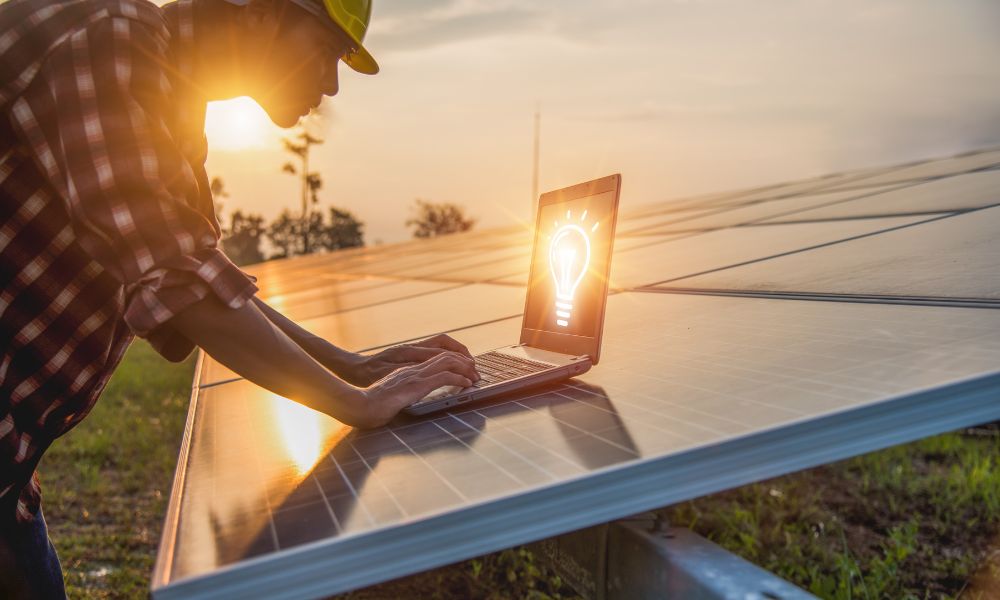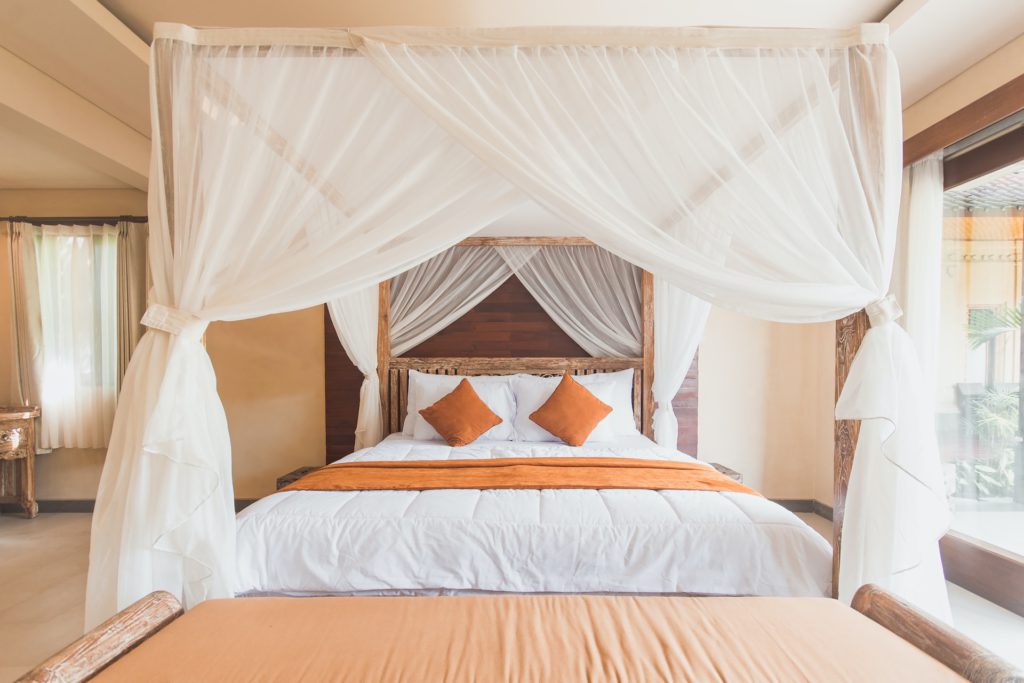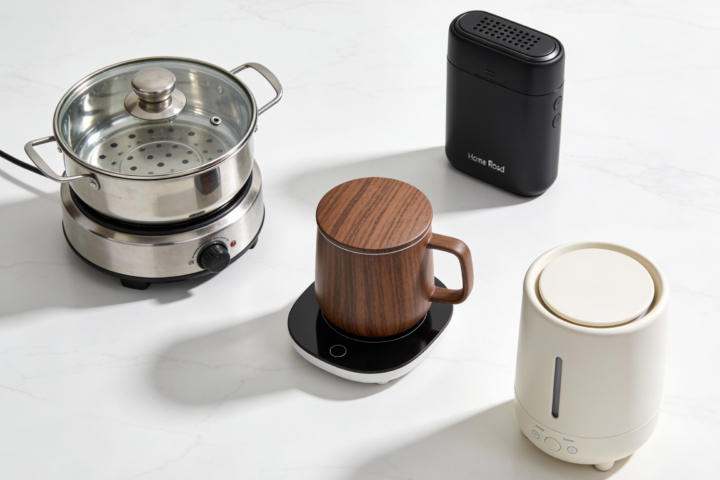As solar technology advances, so does its accessibility. As a result, more homes than ever across the US have some form of solar-powered lighting option. Some residencies may have simple garden lights, while others build full systems to rely less on the power grid. Here are a few things you need to install solar power in your home and how these items work together.
Solar Panels
The most important parts of any solar system are your solar panels. These photovoltaic cells have layers that help collect sunlight and transform it into an electrical current. Different sizes and shapes may absorb more power, so how many panels you need depends on how much solar power you’ll use throughout the day.
Regulator
The regulator, sometimes known as a charge controller, helps control the electricity that your panels absorb. The regulator ensures the electrical current is at a safe enough voltage that doesn’t cause your system to burn out or overload. On top of controlling the power levels, the regulator acts as a connector between your panels and the battery pack.
Battery
One of the main things you need to install solar power in your home is a battery in which to store it. Solar energy wouldn’t be very beneficial if you could only use power while the sun was out. The battery packs allow you to store collected energy and use it during the evening hours. Then, sunlight the next day charges the battery. Many homeowners choose between lithium or lead-acid batteries for their solar systems, each with distinct advantages and disadvantages.
Inverter
While some systems don’t require an inverter, it’s a beneficial piece when using solar energy in your home. The inverter takes the DC power from your battery and transforms it into usable AC power that we use for most electronics and appliances. Having an inverter between your battery pack and electrical panel gives you a far wider reach with your solar power.









